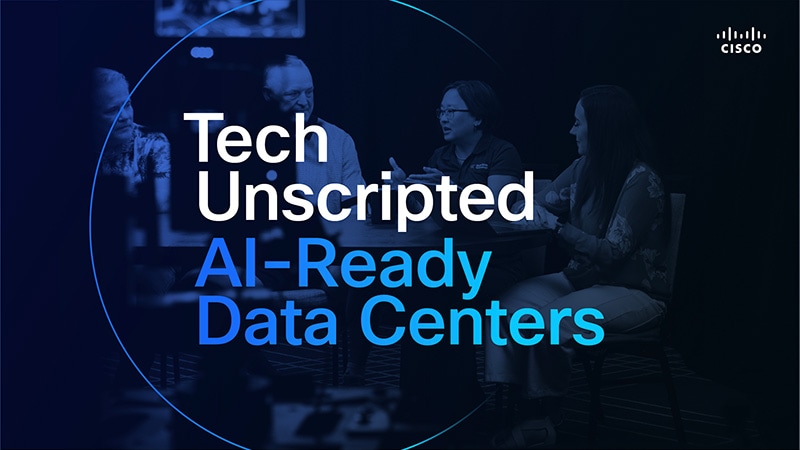Readiness isn’t the destination, it’s the journey
Each year, we benchmark how organizations are progressing from preparation to performance-measuring how they’re deploying, scaling and governing AI, and who’s realizing its value.
2025 Global Readiness
2024 Global Readiness
2023 Global Readiness
Realizing the Value of AI
Find out how the most AI-ready companies from the Index outperform across every measure of value.
Get the resultsLook-up Tool
Track trends across the six pillars of AI readiness and compare regions, markets, and industries.
Browse the IndexMethodology
Discover how we built the Index — from survey design and data collection to the six-pillar framework.
Learn more





